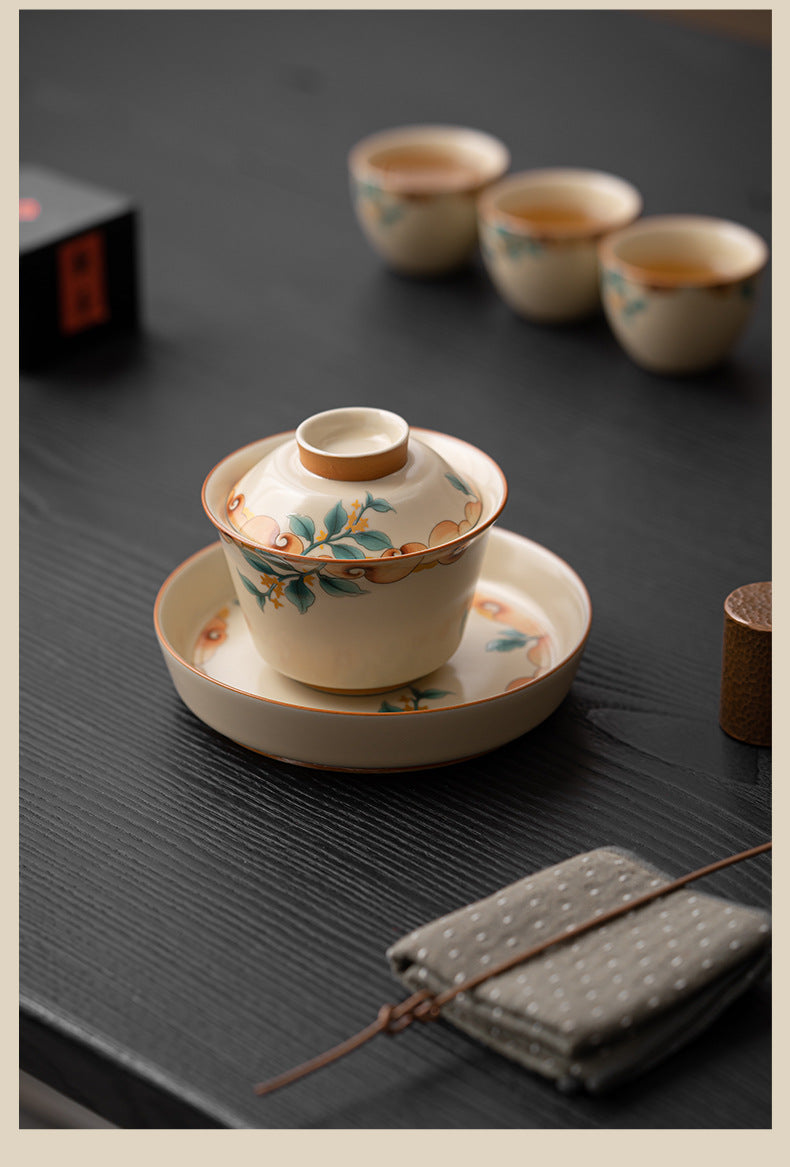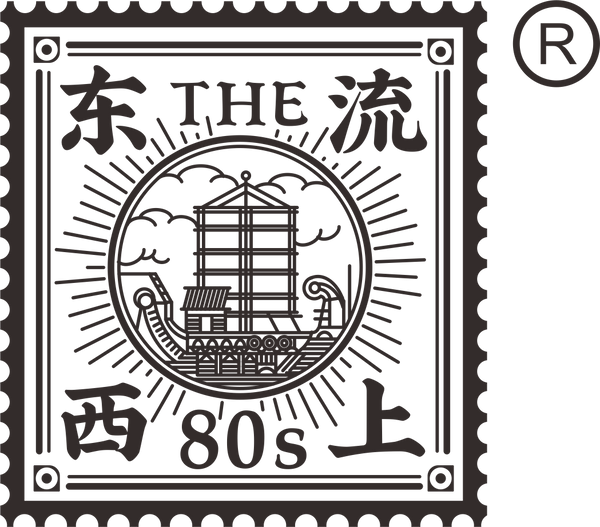
Gongfu Tea Brewing - The Moment of Mindfulness, Connection and Serenity
Share
Gongfu Tea, it means brewing tea with skill and effort. Tea lovers would describe Gongfu tea brewing as “an art that encompasses not only the preparation of tea but also the creation of a serene environment and a state of mindfulness. It embodies harmony, connecting us with nature, and allowing us to appreciate the intricate beauty of the tea leaves and the transformative power of each infusion. “
In Gongfu tea brewing, each element of the tea set, from clay pot or gaiwan to fairness cups, and to the teacups, plays a vital role in enhancing the tea’s character. The flow of water and the its temperature, steeping times unfolds the world’s aroma and flavour, history and culture of each leaves.
Clay teapot or Gaiwan
Clay teapot plays a vital role in traditional tea brewing. It is not just for asthestic, but it enhance the tea aroma, flavour and spirits that other material cannot.
Making from clay, the teapot holds heat more evenly and consistently than other material such as glass or porcelain, it open the complex floral and roasted note of the tea. While absorbing the trace element of tea from time to time, aroma is retained to enrich and bolder flavour for each brew. Each clay tea pot is crafted with precision and dedication, the warmth of the tea pot and the weight in hand, the act of pouring makes the tea session feel more grounded and intentional.

A gaiwan is a traditional Chinese tea vessel consisting of three parts: a bowl, a lid, and a saucer. It is commonly used in Gongfu tea brewing for its versatility and elegance. Made from porcelain, glass, or clay, the gaiwan allows the tea drinker to fully observe the leaves as they unfurl, releasing aroma and flavor with each infusion. The lid helps control the pour, retain heat, and even stir the tea without using a spoon.

Fairness cups
Fairness cup, is called gong dao bei, is used for decanting and serving to make the tea fair to each person in colour, flavour, temperature and experience.

The teacups
The three teacups is meaningful for Gongfu tea brewing. It is rooted in traditions and culture aesthetic, symbolised the harmony of heaven, earth and humanity. Each cup represents a vital element of nature, reflecting our connection to the universe. One cup embodies heaven, signifying spiritual and the divine forces that influence our lives. One cup represents the earth, symbolising the stability, grounding and the nurturing force of nature. The last cup represents humanity, highlighting our role as stewards and participants in the natural cycle. Together, these cups creates a sacred pathway that unites us with the super nature, fostering mindfulness, respect and a deeper appreciation for the interconnectedness of all existence through the ritual of tea.

The three cups also represent the past, present and future. One cup for the past, recalling the traditions, history and the roots of the tea culture. One cup for the present, emphasising the mindfulness, enjoyment and current moment of appreciation. One cup for the future, symbolising hope, growth, and ongoing evolution of the traditions. The three cups reminds us to honor to our history while fully engaging with the present, and looking forward to what lies ahead, creating a meaningful connection across time through the ritual of tea.
Putting all three cups together into a triangle, it is the Chinese Character “taste”. We taste for the tea, savor for the charm.
Water temperature
Water temperature play a crucial role in Gongfu tea brewing. It directly affects how the tea release its flavour, aroma and texture. Different tea type require specific temperature range to bring out their best characteristic without damaging the delicate compounds inside the leaves. E.g. Green tea will require a hot temperature range at around 80-90 celsius degree, whereas for lightly oxidize Oolong requires a hotter temperature range above 90 celsius degree and rock Oolong tea or blacktea needs boiling hot water.
Steeping time
Steeping time is the key factor for tea brewing, especially gongfu tea. The steeping time also depending on the amount of tea leaves and teaware to achieve optimal flavour. For example, green tea - normally use less amount of tea leaves, lower water temperature, large cup with more water amount to preserve the fresh, vegetal note and avoid the bitterness. Oolong tea, normally high oxidized or roasted varieties, will needs large amount tea leaves in clay teapot which can store the temperature and retain the flavour for revealing more complex layer over multiple short steeps. Oversteeping the tea can lead to an overly bitter or astringent taste, while understeeping will result in a weak and unsatisfying taste. The art of timing for each infusion is essential to experience the tea’s evolving character across multiple brews.
Beyond its sensory pleasure, Gongfu tea brewing is also a ritual of mindfulness and connections. Each step, from warming the teaware to measure the amount of tea to timing the confusion, requires full attention and deliberate movement. This quiet, repetitive process slow the minds and bring awareness to the moment, transferring tea into a meditative act.
